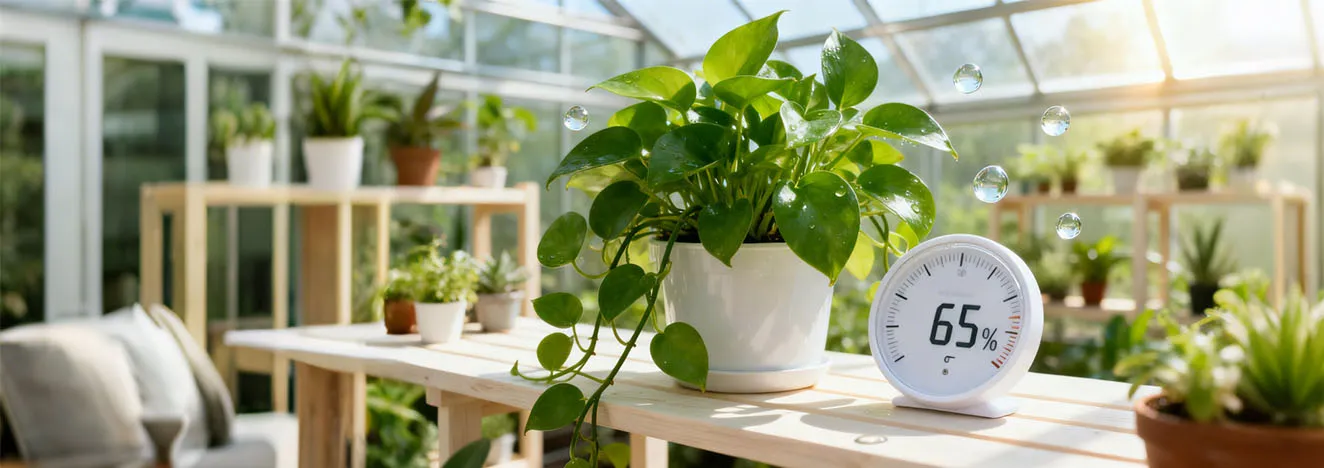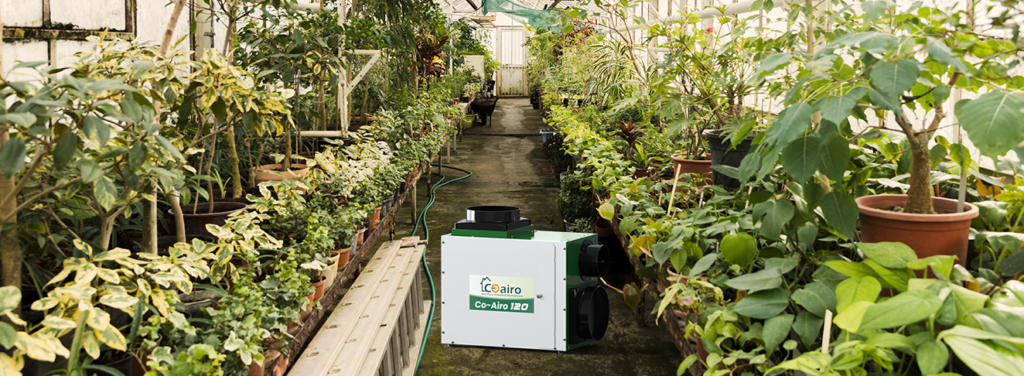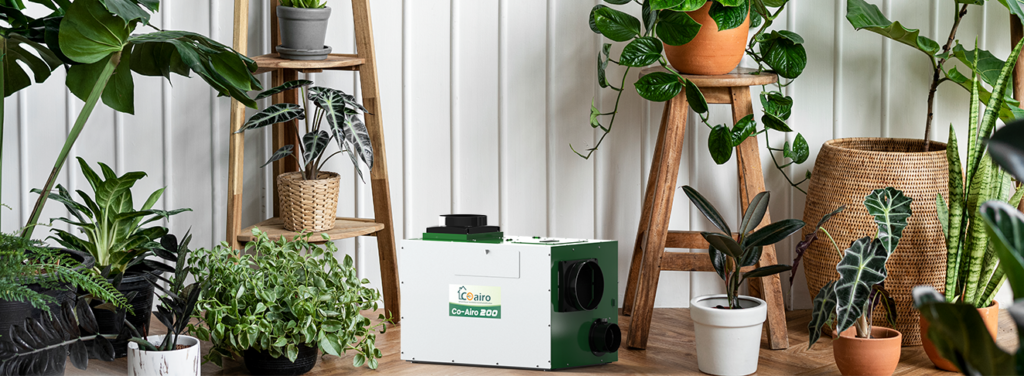Introduction
If you ask most growers what plants need, the first answers are always sunlight, water, and nutrients. But there is another factor that often goes unnoticed: Humidity. The moisture in the air plays a much bigger role in plant health than many people realize.
When humidity is balanced, plants thrive. They grow strong leaves, absorb nutrients efficiently, and produce healthy flowers and fruits. However, when humidity is either too high or too low, problems appear. Leaves may curl or turn yellow, flowers can drop early, or pests may take over. In short, humidity can make or break your garden.
Unfortunately, many growers make the same mistakes repeatedly. The good news is that these mistakes are easy to avoid once you understand them.
The 7 Most Common Humidity Mistakes (And How to Avoid Them)
Before we go into solutions, let us look at the seven most common humidity mistakes that many growers repeatedly make—and how to avoid them.
1. Not Checking Humidity Levels
Skipping humidity checks is a big mistake. If you don’t know the plant’s humidity levels, you cannot spot problems like dry air or too much moisture, which can harm your plants.
Grab a simple hygrometer to check humidity every day. Experts say this can make plants 20% healthier. Maintaining humidity levels at 60-70% for young plants and 40-50% during flowering is ideal for optimal plant growth. Start checking now to keep your plants strong as per Leafly. According to the Royal Horticultural Society, proper humidity monitoring is one of the most critical steps to maintaining healthy plant growth.
2. Overwatering Without Considering Humidity
Watering is an act of care, but many growers overdo it. When you water too often while the humidity is already high, the soil stays wet for too long. This creates the perfect conditions for fungus gnats, root stress, and stunted growth.
Instead of watering on a fixed schedule, water based on the soil’s actual condition. Stick your finger about 2-3 cm into the soil. If it still feels moist, wait before watering again.
Gardening Know How points out that overwatering, combined with poor humidity control, is one of the fastest ways to weaken plants.
3. Forgetting to Change Humidity for Plant Stages
Plants require varying levels of humidity at different times. According to Atlas Scientific, maintaining constant humidity, particularly high levels during flowering, can lead to mold and weak blooms.
Match humidity to your plants’ stage: 70% for baby plants, 50-60% for growing, and 40-50% for flowering. This keeps plants happy, much like in their natural environment. To easily adjust humidity as plants mature, a dehumidifier with adjustable settings is key—and Coairo’s models are designed to handle these stage-specific needs, even for large gardens. Their precise humidity control ensures you can tweak levels from 70% (for seedlings) down to 40% (for flowering) without guesswork, helping you avoid mold and weak blooms. Fix this mistake, and you’ll see healthier growth, stronger blooms, and fewer moisture-related issues.
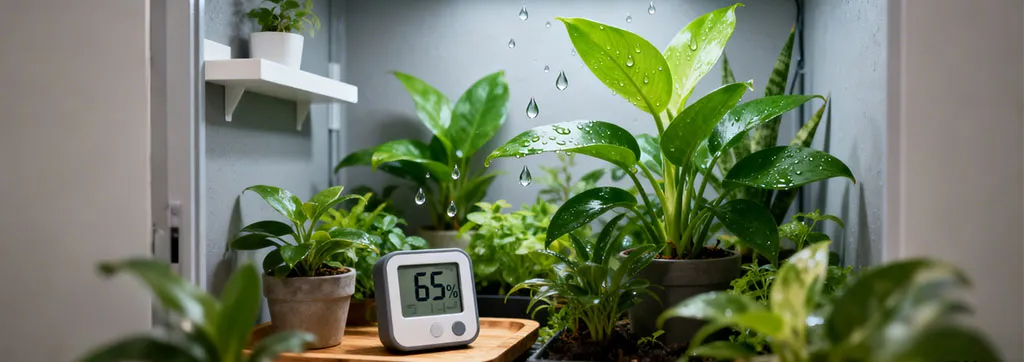
4. Ignoring the Effect of Temperature on Humidity
Temperature and humidity work together. Hot air holds more moisture, which can make your tent too wet if you do not watch it. If you only focus on moisture and ignore temperature, you risk missing essential aspects. You may face sudden swings that confuse your plants.
Clemson Cooperative Extension emphasizes that temperature and humidity should always be managed together for optimal growth. Use a combined temperature and humidity meter. This helps you see the whole picture and make smarter adjustments.
5. Believing Natural Airflow is enough
Opening a window or door may feel like a good solution, but it rarely works for grow tents or indoor spaces. Outdoor air carries its own humidity levels, which can exacerbate the issue. For example, bringing in rainy, humid air will only stress your plants more.
Instead, you should create a closed-loop, controlled environment. Use exhaust fans and intake vents (with filters) to manage air exchange on your terms. Combine this with oscillating fans for internal air circulation that prevents stagnant microclimates around leaves. Most critically, a dehumidifier allows you to remove moisture from this recirculated air consistently, regardless of what’s happening outside. Energy.gov confirms that this combination (fans, vents, and dehumidifiers) is one of the most effective ways to maintain stable indoor humidity for growing.
If you’re serious about consistent results, a Coairo dehumidifier is a smart addition. It’s engineered specifically for grow tents and commercial spaces, so it works seamlessly with fans and vents to counteract outdoor humidity swings. Whether you’re dealing with rainy-day dampness or dry spells, it delivers steady moisture control—no more relying on unpredictable open windows.
6. Skipping Vapor Pressure Deficit (VPD)
Vapor pressure deficit is the difference between the moisture air can hold and the actual moisture it contains. Ignoring it stops plants from taking in nutrients, slowing growth.
Use a vapor pressure deficit chart to aim for 1.0-1.5 kPa during flowering. Adjust humidity with fans or a dehumidifier. The study of Atlas Scientific revealed that fixing the vapor pressure deficit helps plants grow faster and stronger.
7. Using the Wrong Dehumidifier
Some growers opt for the cheapest dehumidifier available, but not all devices are designed for plant environments. A weak unit may barely affect humidity, while an oversized one can dry the air too much, leading to plant stress.
The key is to match your space with the right size unit. For example, if you are using a grow tent, look for a compact option. But if you manage a larger greenhouse or indoor garden, you will need something more substantial, like a commercial-grade unit. Always check the dehumidifier capacity and compare it to your grow space size.
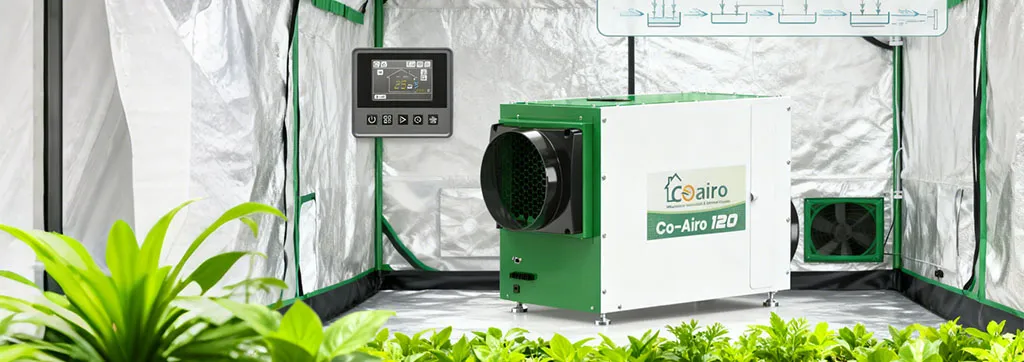
Why a Dehumidifier is the Smartest Investment
If you want consistent results, a dehumidifier is not optional; it is essential. While fans and vents help, they cannot actually remove excess moisture from the air. A dehumidifier does precisely that. Pulling excess water out of the air helps keep humidity steady and balanced. This means your plants stay comfortable, absorb nutrients more efficiently, and develop stronger leaves, flowers, or fruits. In the end, when the environment feels right, plants grow healthier and reward you with steady, reliable harvests.
Why Coairo Dehumidifiers are the Best Choice
Coairo dehumidifiers designed to optimize your grow tent’s environment for healthy plants, with features tailored to growers’ unique needs:
Effective humidity management
Coairo units remove 90 to 165 pints of moisture daily, covering 2,300 to 4,000 sq ft. This precise control prevents mold and ensures ideal conditions for plant growth.
Tailored for Growers
Engineered for grow tents and large spaces, Coairo offers a fresh air function and adjustable airflow (229-413 CFM) to maintain optimal air quality and plant health.
User-Friendly Design: Equipped with an LCD controller, auto-restart, and defrost, Coairo is energy-efficient and quiet. Setup is simple with included hoses and filters.
Durable and Reliable: With a robust build and 5-year warranty, Coairo ensures long-lasting performance. Choose Coairo for unmatched quality in grow tent dehumidification.
Conclusion
Growing healthy plants is not just about sunlight and water. Humidity also plays a considerable role, and small mistakes related to moisture can lead to serious problems like leaf curl, yellowing, flower drop, pest invasion, or nutrient stress.
By avoiding these seven common mistakes—skipping humidity checks, overwatering without considering humidity, forgetting to adjust humidity for plant stages, ignoring temperature’s effect on moisture, believing natural airflow is sufficient, skipping vapor pressure deficit, and using the wrong dehumidifier—you can take complete control of your grow environment.
If you are ready to make humidity control simple and effective, a Coairo dehumidifier is your best partner. It removes the guesswork and keeps your plants in the comfort zone they need to thrive.
